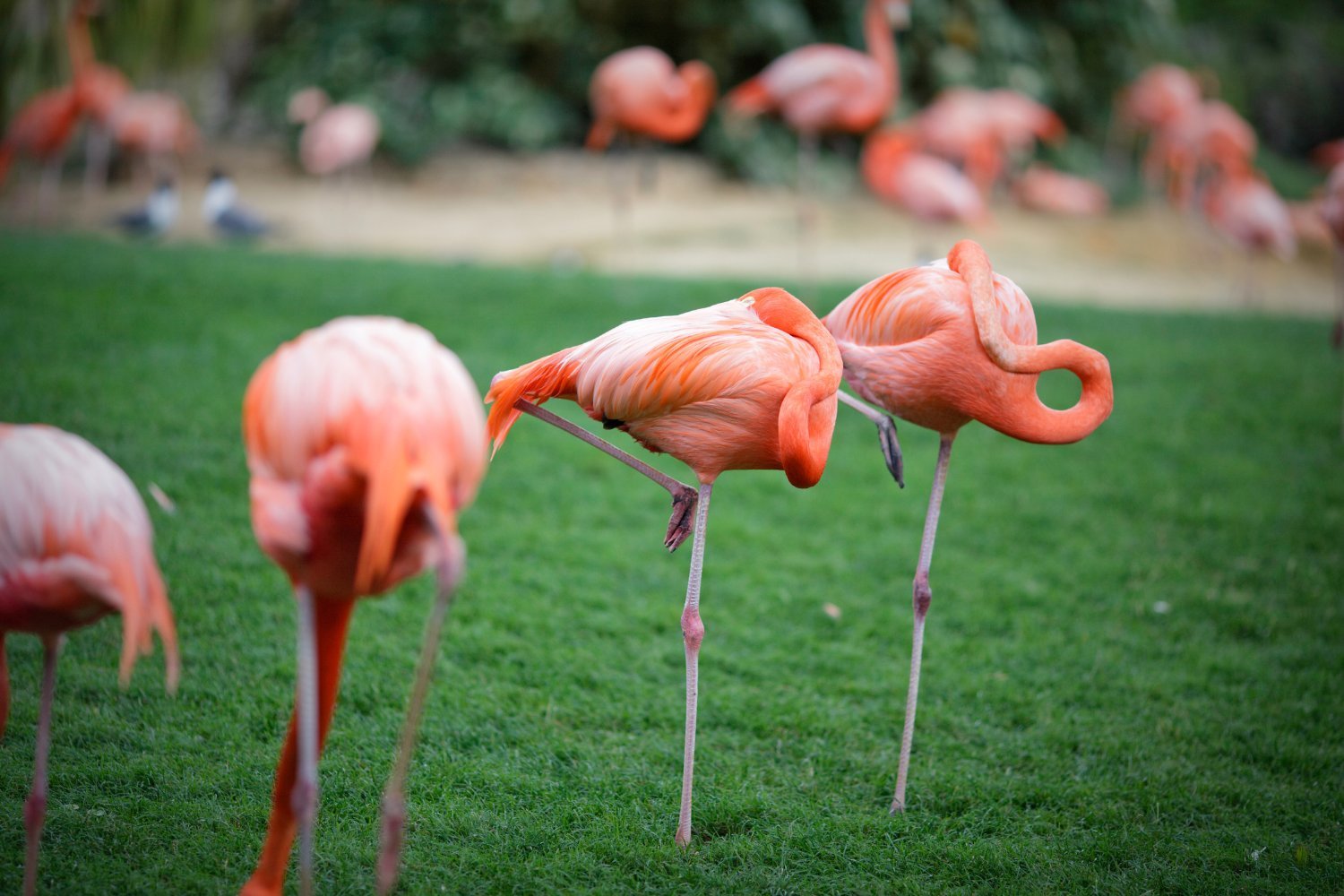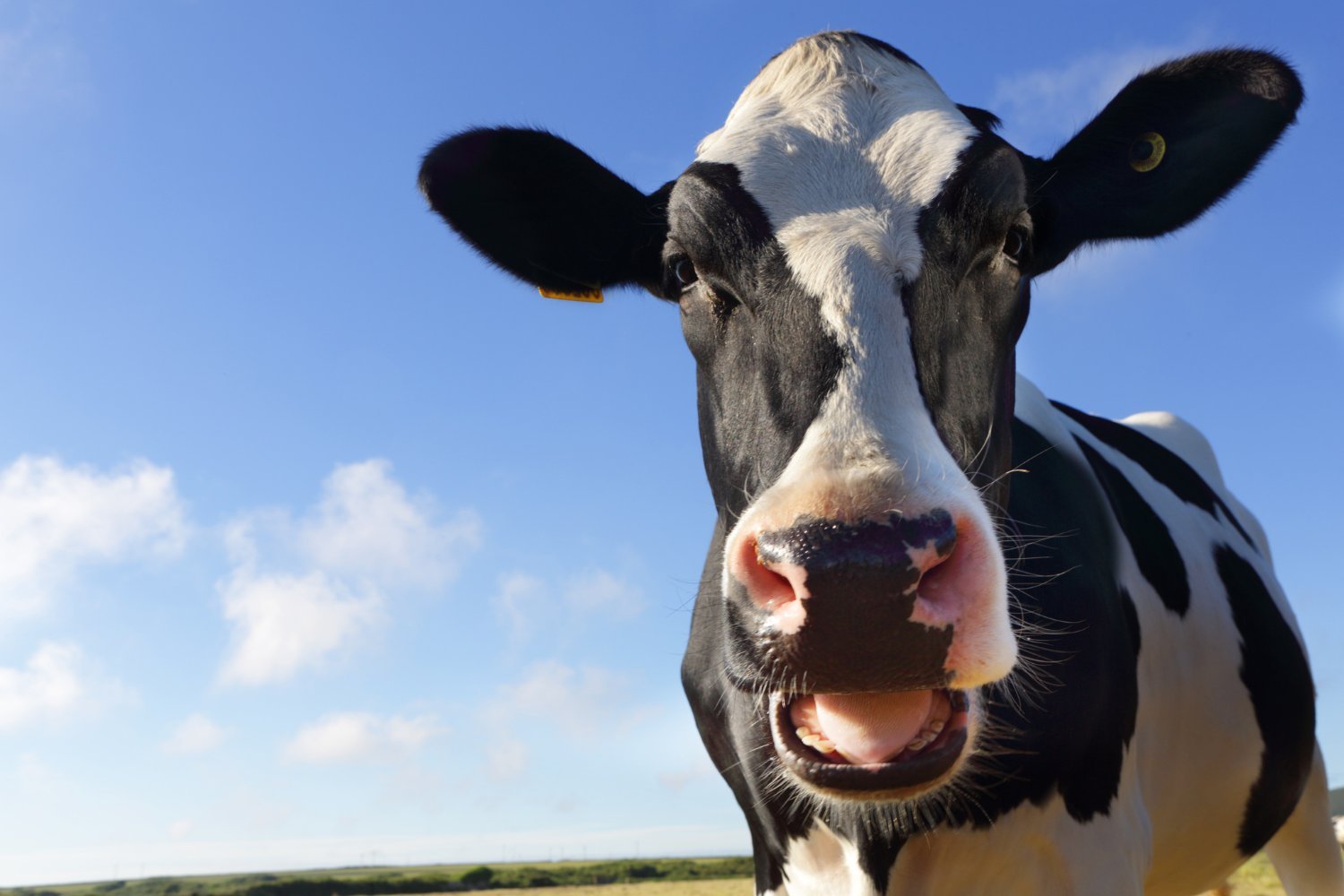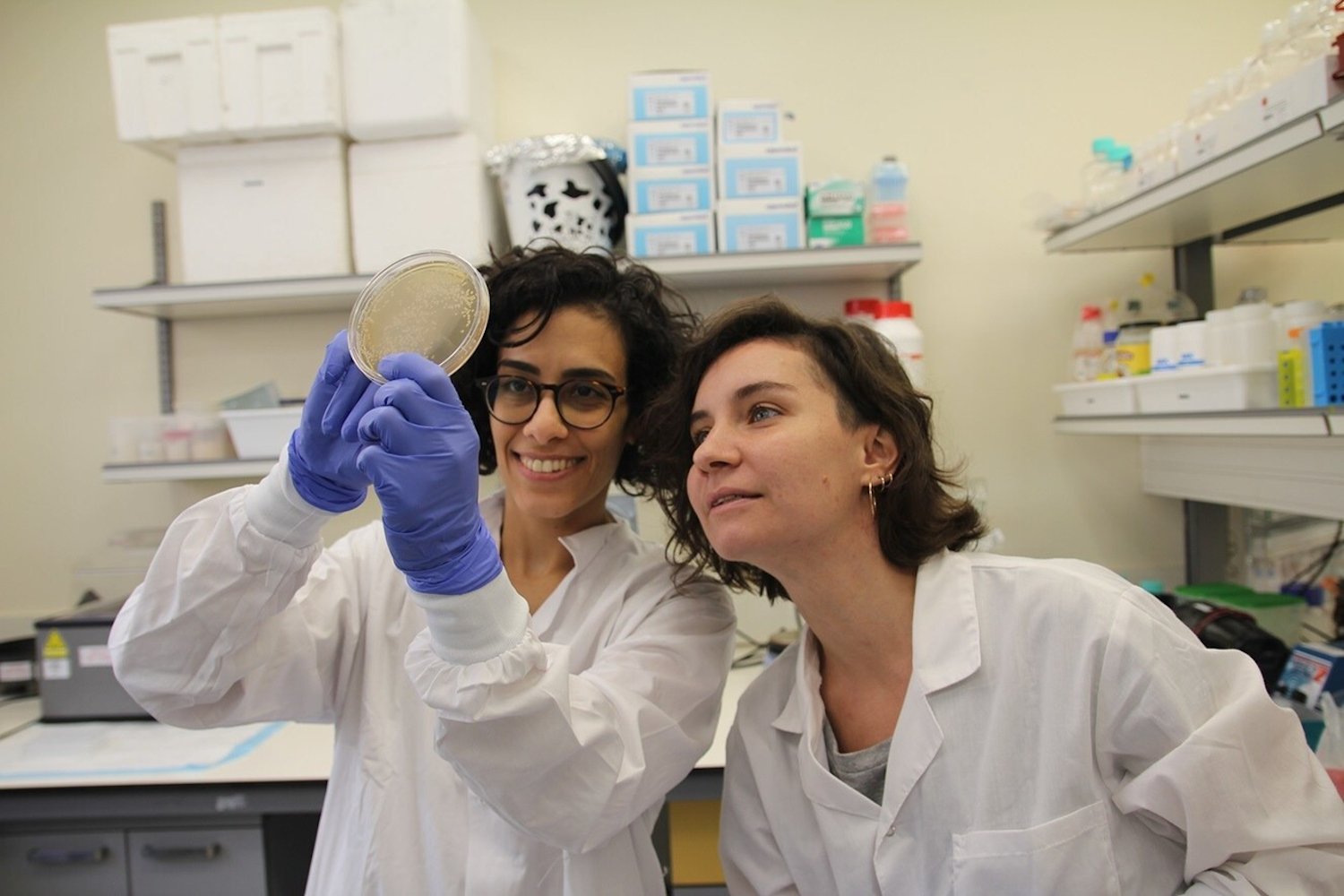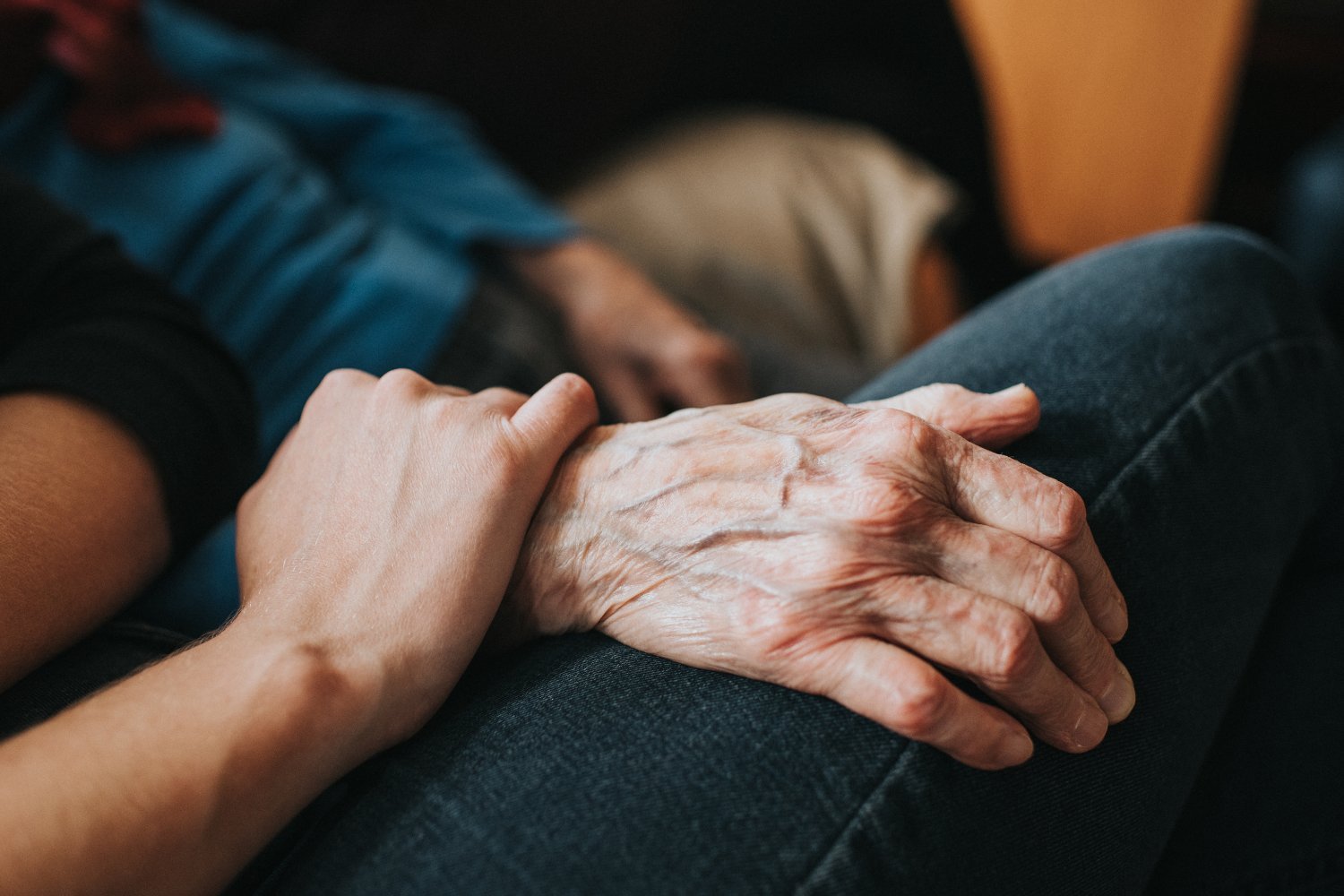The ability to stand on one leg, much like a flamingo, might reveal more about your health than you think. A recent study suggests this simple balance test could be a reliable indicator of aging, potentially even outperforming other common assessments.
As we grow older, our bodies naturally become more susceptible to various health issues. However, the rate of decline varies significantly between individuals, and there are steps we can take to maintain good health for longer. Researchers at the Mayo Clinic, in a study published in PLOS ONE, explored different methods of measuring age-related health to better track how well we age.
The study involved 40 healthy participants over 50, with half under 65. They underwent various physical tests, including measurements of hand grip strength, gait (walking and running patterns), and several balance tests. One key test involved standing on their non-dominant leg for 30 seconds.
Most measurements, such as grip and knee strength, correlated with age, showing declines as participants got older. Interestingly, gait didn’t seem significantly affected by age. The most striking correlation with age was the duration of the one-legged flamingo stance. This pattern held true for both men and women.
One-Legged Stance: A Key Indicator of Neuromuscular Aging
The study’s findings indicate that the duration of the one-legged stance can reliably measure neuromuscular aging in both older men and women, regardless of gender. Maintaining good balance is crucial for overall health and independent living, particularly as we age.
Accidental falls are a leading cause of injury-related deaths among people over 65, with an estimated 3 million older Americans visiting emergency rooms annually due to falls.
The Importance of Balance for Seniors
“Balance is a vital measure because it integrates input from vision, the vestibular system, and the somatosensory systems, in addition to muscle strength,” explained senior author and Mayo Clinic researcher Kenton Kaufman. “Changes in balance are significant. Poor balance increases the risk of falling, regardless of movement. Falls pose a serious health risk with potentially severe consequences.”
According to Kaufman, being able to stand on one leg for 30 seconds suggests good balance. If you struggle with this or want to improve stability, regular exercises like the one-legged stand can help. Other balance exercises can also be beneficial. Consistent exercise, in general, promotes better health at any age.
Maintaining Balance Through Regular Practice
“If you don’t use it, you lose it. If you use it, you maintain it,” Kaufman emphasized. “It’s easy to incorporate into your routine, requires no special equipment, and can be practiced daily.” This simple act of balancing on one leg, like a flamingo, can offer valuable insights into your overall health and potentially help you maintain independence and well-being as you age.











